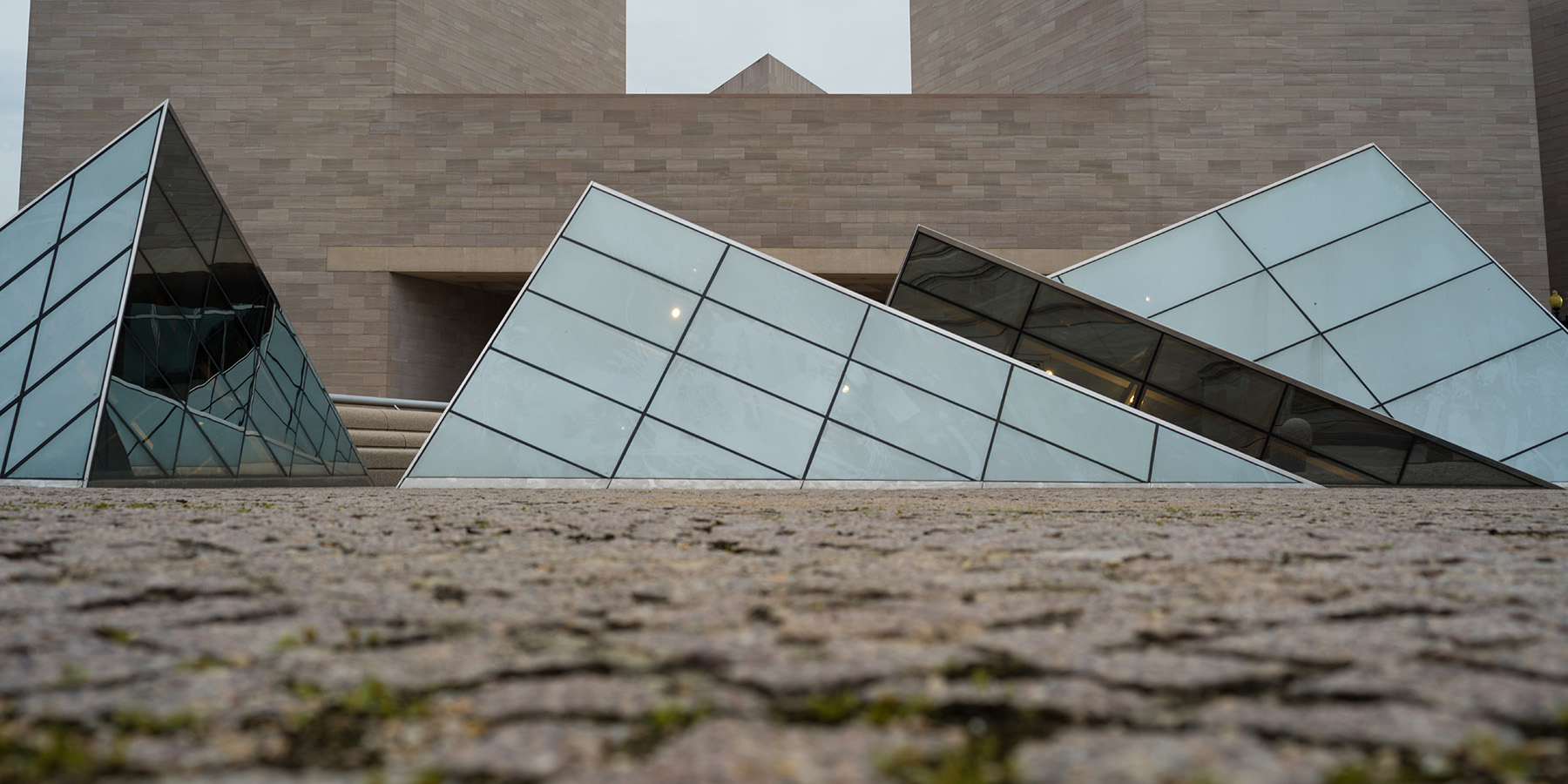Sarah Lopez
Mexico’s Marble: Migrants’ Embodied Knowledge of Quarries, Carving, and Construction
My book manuscript, “Mexico’s Marble: Migrants and Their Embodied Knowledge of Quarries, Carving, and Construction,” weaves a delicate and important history of tuff and labor that together repositions “migrants” as central actors in the production of new architectures and landscapes in Mexico and the United States.

Making a column, Degollado, Jalisco, 2021. Photo: Sarah Lopez
In Mexico, tuff is known as cantera, a Spanish word that means quarry but also doubles as a commercial term to describe “Mexico’s marble,” a mottled volcanic rock found in approximately ten Mexican states. While some pre-Columbian sites like Mitla, Oaxaca, are built with tuff, it is equally characteristic of the plazas, cathedrals, municipal buildings, haciendas, and elite residences of New Spain. More recently, since at least the 1970s and increasingly since the 1990s, Mexican migrants living in the United States have engineered a market to bring Mexican tuff north, catering to a predominantly Mexican and Mexican American clientele. In addition to the migration of stone, Mexican albañiles (vernacular builders) and stonemasons also migrate, transforming construction practices and artisanal knowledge across boundaries.
My book is a material history of North America’s tuff networks that tracks the excavation, carving, distribution, installation, and commissioning of cantera stone over the last 50 years. Beginning with the geologic formation of Mexico’s volcanoes, the book moves from quarries and artisan towns in Mexico to construction sites and migrant restaurants in the United States, documenting a binational history of relationships interlocked by circulating stone, people, and ideas. Within this comparative frame, it is possible to explore what moving cantera means and for whom, as well to understand how building itself is one of the mechanisms through which marginalized individuals in Mexico and the United States reposition themselves, staking claim to places and futures.

Spiral columns, Downey, California, 2022. Photo: Sarah Lopez
This book traces the potential carried in volcanic stone as it mutates into neoclassical columns and Virgin of Guadalupe sculptures, moving along Mexico’s highways into the United States. And it also conveys methodological tensions as micro, situated, individual histories of places, people, and things are strung together to create a sweeping narrative about the landscapes of 20th- and 21st-century US-Mexico migration. The work’s broad scope is necessary to support its many intended arguments. First, landscapes in Mexico and in the United States are co-constituted. Ongoing endemic migration between Mexico and the United States throughout the 20th century, but increasingly so since the 1980s, has resulted in a rich palimpsest of material artifacts and architectures that remain largely unexamined. Second, this book reengages questions of “Spanish-style” architectures in terms of racialization, class, colonialism, and tuff. Art-historical narratives overlook histories of Mexican tuff (viewed as a common material when compared to Mexico City’s prized tezontle). Neocolonial Spanish-style architecture in 19th-century Mexico was viewed as suitable for the emergent mestizo; by the 20th century, Mesoamerican references were ascendant. In the American Southwest, Anglos promoted “Spanish colonial revival styles” at the turn of the 20th century to cultivate a “historic” regional style, one that scholars argue was meant to assert the racial superiority of whites while encapsulating Mexicans as part of a past, nostalgic narrative. My book explores these 19th- and early 20th-century histories to understand a development at the turn of the 21st century: across the Southwest, and in cities like Chicago, Mexican migrants have innovated what they call a “Spanish hacienda style,” whose defining ornamental features are rendered in Mexican tuff. This book documents an emergent migrant building style produced by migrants and catering to migrants that claim belonging in two homeplaces, changing migrants’ structural relationships to the Mexican homeland and the US city.
However, this emergent migrant style in the Southwest is not merely about representation. In its third and final argument, my book explores how architectural products carry in them a history of the social lives of the Mexican men who labor in quarries, cut and sculpt stone in workshops, distribute the stone to clientele across the US-Mexico boundary, install stone on jobsites, and commission the stone for homes and restaurants. In this sense, contemporary Spanish hacienda migrant-style architectures are a record of Mexican men as both migrants and makers. Documenting the binational history of making in quarries, workshops, and construction sites, as this book does, allows us to locate the so-called creative genius and potential of architecture in the realms of material production and in the embodied knowledge of laborers, tracking how human networks and relationships shape the production of building elements and inform making itself.
University of Pennsylvania
Paul Mellon Senior Fellow, spring 2023
Sarah Lopez will begin a new faculty position in the Initiative in the History of the Built Environment at the University of Pennsylvania’s Stuart Weitzman School of Design.
